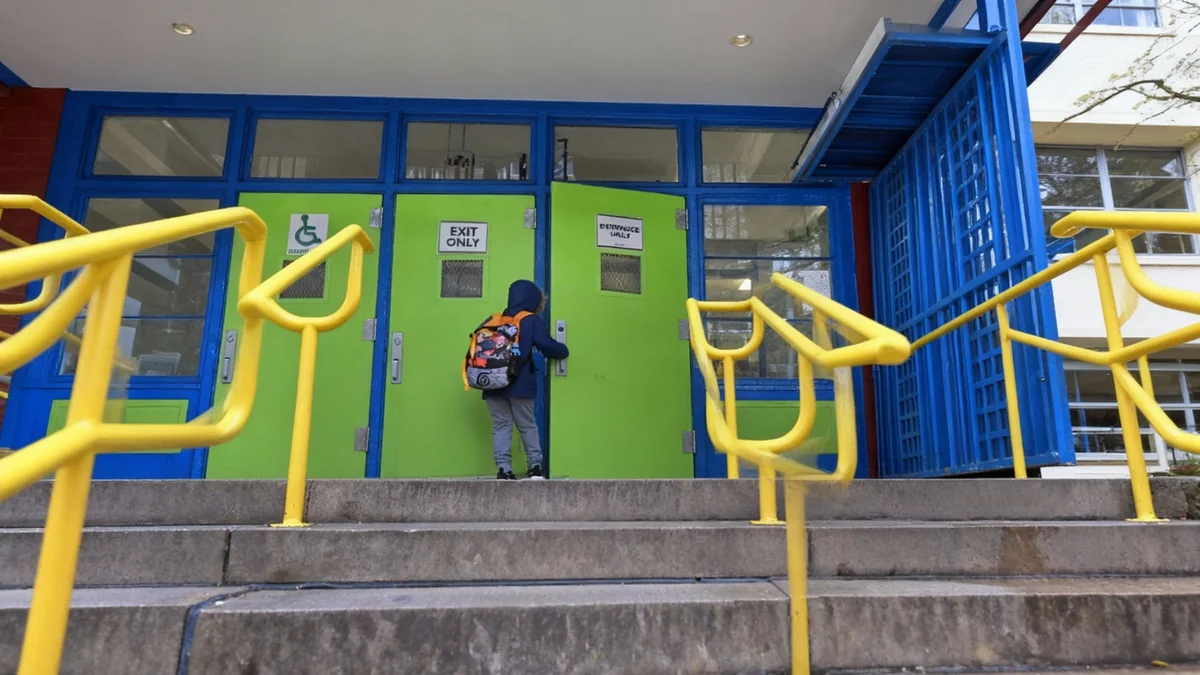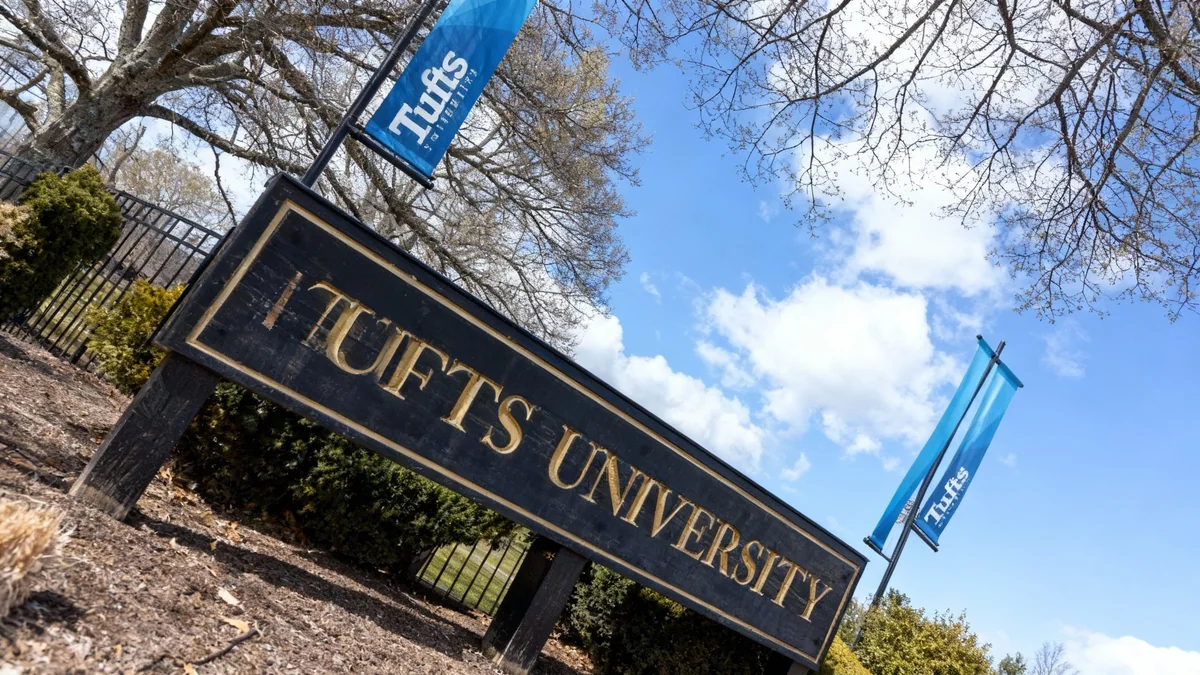A staggering 154,000 students in New York City's public school system experienced homelessness during the 2024-2025 school year, according to a new report. This record-breaking figure means that nearly one out of every seven children in the nation's largest school district lacked a stable home.
The data, compiled by Advocates for Children of New York (AFC) from the New York State Education Department, highlights a crisis that has been escalating for a decade and now affects every borough of the city, posing severe challenges to student attendance and academic achievement.
Key Takeaways
- A record 154,000 NYC public school students were homeless in the 2024-2025 school year.
- This number represents nearly 1 in 7 students in the city's school system.
- Students in shelters face extreme educational hurdles, with 67% being chronically absent.
- Only 22% of students in shelters in grades 3-8 achieved proficiency in state ELA and math exams.
- Advocates are calling for urgent, city-wide action from the next mayoral administration.
A Crisis of Unprecedented Scale
The latest figures represent an all-time high, continuing an alarming upward trend. The number of homeless students increased by approximately 12,000 from the 2023-24 school year and is a significant jump from the 119,320 students identified in 2022-23.
For the past ten years, the number of homeless students in New York City has consistently exceeded 100,000 annually. Jennifer Pringle, project director at Advocates for Children, put the current figure into perspective.
"There are now more students who are homeless in NYC than the entire Dallas public school system," Pringle stated.
Of the 154,000 students without a stable residence, the data reveals a breakdown of their difficult living situations. Over 65,000 children spent at least one night in a city shelter, while an additional 7,000 were housed in motels.
A District Within a District
If the 154,000 homeless students in New York City were to form their own school district, it would rank among the 20 largest school districts in the entire United States.
The Devastating Impact on Education
The instability of homelessness creates significant barriers to education, and the report's data paints a grim picture of the academic consequences. Attendance is a primary casualty, with chronic absenteeism rampant among this vulnerable population.
The findings show that more than half of all students in temporary housing missed at least one out of every ten school days. The situation is even more severe for those in the shelter system, where 67% of students were chronically absent.
Pringle highlighted the logistical failures that exacerbate the problem. "This year alone, we’ve worked with families whose children already missed an entire month of school because of the lack of coordination between the shelter and school systems," she explained.
Academic Performance Suffers
This persistent disruption to schooling has a direct and measurable impact on learning. According to the report, academic outcomes for students in shelters are far below their peers.
Only 22% of students in grades 3 through 8 who were living in shelters managed to score proficient on the New York State English Language Arts (ELA) and math exams. This points to a significant achievement gap that is widened by housing instability.
Understanding the Numbers
New York City's public school system has a total enrollment of approximately 900,000 students. The 154,000 students experiencing homelessness constitute nearly 17% of the entire student body, underscoring the widespread nature of the crisis.
A City-Wide Problem Demanding Action
The crisis is not confined to one area of the city. The rate of student homelessness has increased in every borough compared to the previous school year. Schools in the Bronx and Manhattan reported the highest concentrations of students without stable housing.
While the recent influx of migrant families has placed additional strain on the city's shelter system, the report clarifies that student homelessness has been a long-standing issue for over a decade. It does not specify how many of the 154,000 students are from migrant families, indicating a deep-rooted problem that extends beyond any single demographic.
In response to these findings, advocates are issuing an urgent call for systemic change. Maria Odom, the executive director of AFC, emphasized that the responsibility lies with the city's leadership.
"Education is key to breaking the cycle of homelessness, but our City is currently failing students in shelter," Odom said. "Ensuring students who are homeless receive the support they need to be successful in school must be a top priority for the next Mayor."
Odom called for a "citywide, cross-agency effort to break down bureaucratic silos" and reverse the alarming trends. The goal, she stated, is to ensure every student can get to school daily and receive the support needed to succeed, regardless of their housing situation.





